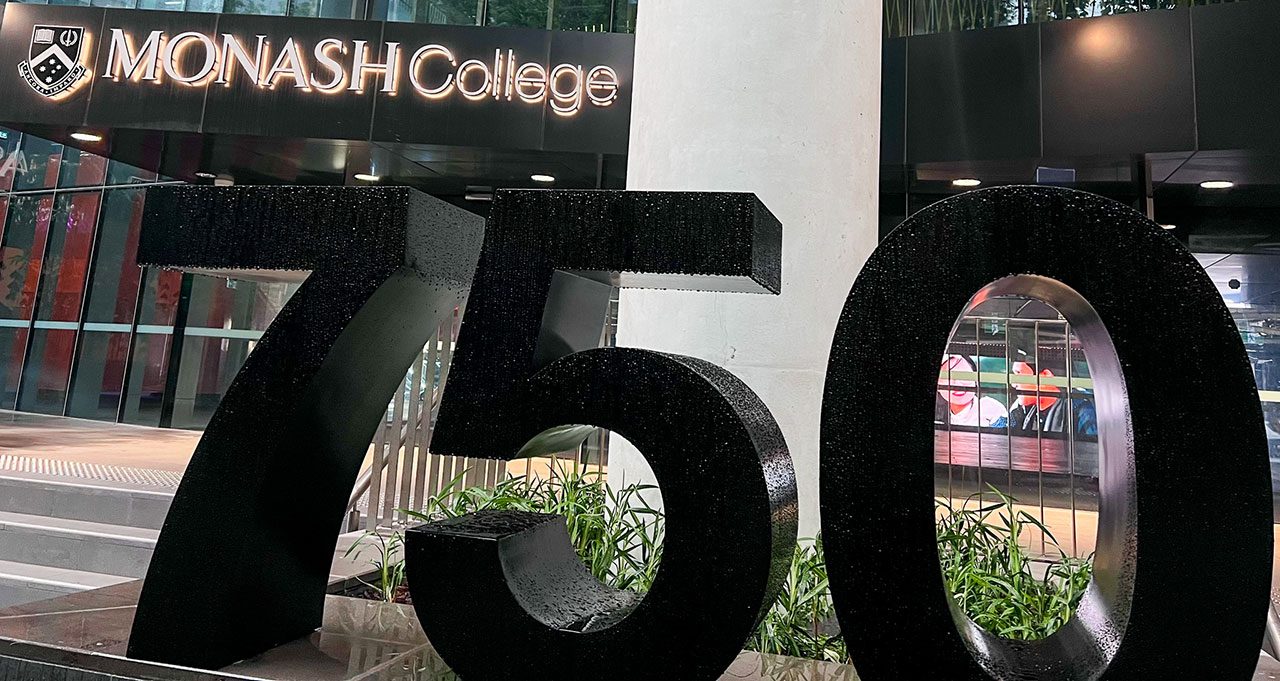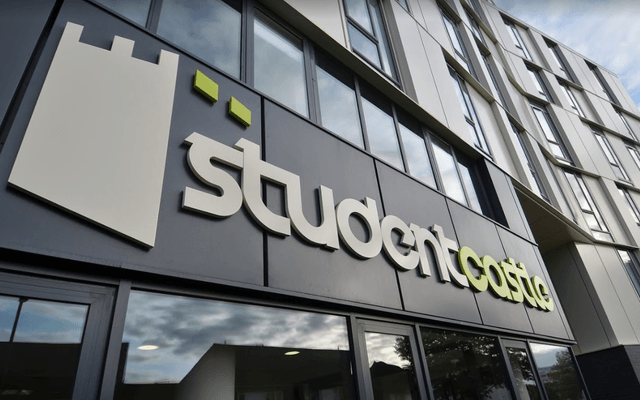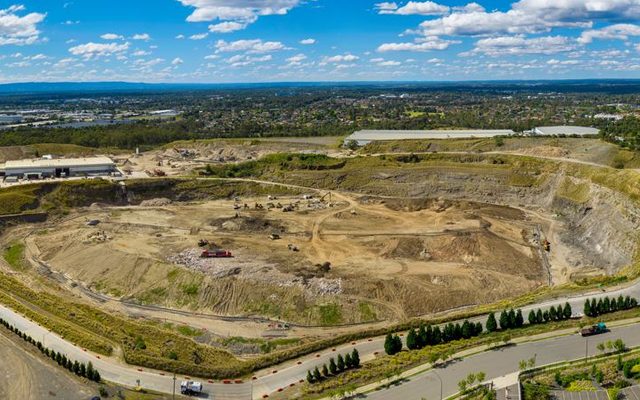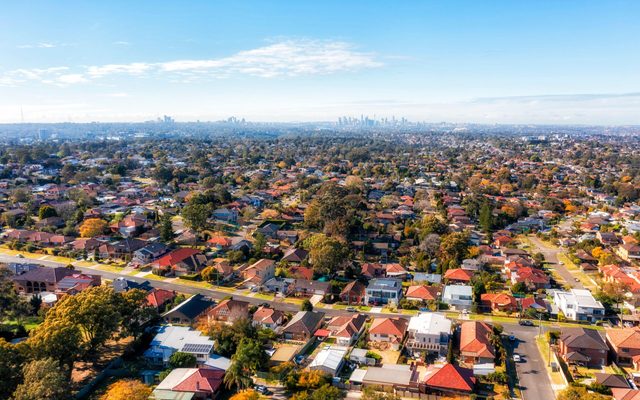This article is from the Australian Property Journal archive
SALE and leaseback deals and wrap and swap opportunities could unlock a $52 billion real estate portfolio if the property sector partners with the hard-hit education sector.
Six out of ten NSW public universities reported an operating deficit in 2020, with a decline in net operating result of $396 million since 2019 across all ten as lucrative international student fees dried up amid travel bans. June arrivals decreased 99% when compared with pre-COVID levels in June 2019, while federal funding for the tertiary sector is dwindling.
“This presents us with a significant opportunity to offset these losses by leveraging capital locked up in asset holdings while concurrently revitalising education precincts and to hone in on core business operations,” Property Council NSW’s executive director Luke Achterstraat said.
The education sector contains a weighty asset portfolio, with the book value of the NSW Department of Education alone totalling $33 billion.
NSW’s top 10 universities have a combined asset portfolio of $18.5 billion, exceeding the asset holdings of other education players such as TAFE at $3.69 billion as well as some of Australia’s REITs.
The Property Council suggests that in the short-term – in addition to commonly leveraged debt and equity re-financing – the property industry may consider supporting sale and leasebacks, such as Sydney-based Futuro Capital’s $133 million acquisition of 14 levels of RMIT University’s Bourke Street building in Melbourne.
Wrap and swap opportunities may include the purchase of pre-leased or pre-committed developments, underpinned by the education institution as the lessee. In exchange for the lease of sites in target locations at negotiated rents and terms, agreements for property wraps and swaps may enable the consolidation of surplus land.
Investing in multi-use buildings with flexibility could increase value and attraction to potential education investors by allowing them to respond to changing needs and demands with multiple tenant sectors.
Over the longer-term, the report suggests that local economies would be stimulated by the creation of wider precincts around universities.
“Shifting the focus of education precincts from being purely places to learn to ecosystems of retail, office, research facilities and residential uses will drive real economic and social growth as well attract students and staff.”
Stockland is set to develop a new 99-hectare mixed-use precinct at the Penrith campus of Western Sydney University, consisting of a six star green star urban neighbourhood with new housing, town centre and over 18-hectares of open space.
Charter Hall, UNSW and Western Sydney University are currently developing a $300 million engineering and innovation hub in Parramatta, where some 27,000 sqm of space will be delivered and occupied by the two providers.
Charter Hall and Western Sydney University previously delivered a 26,500 sqm vertical campus at One Parramatta Square, and are working on the $350 million Westmead Innovation Quarter precinct, where they have secured the CSIRO as a major tenant for the 43,000 sqm hub.
Achterstraat said the report revealed how much asset growth potential there was within the education sector and the need to correct flawed and outdated operating models that have been further exposed by the pandemic.
“These models reflect the federal funding environment which continues to shrink, forcing a dependency on international student income as well as a need to find alternate sources of funding.
“That alternate source of funding could hide within the value of the NSW education sector’s property portfolio greater than $52 billion, consisting of real estate assets that are primed for reapplication toward additional revenue-generating ventures.”
The report said the real estate sector had outperformed universities in revenue, asset performance and general fiscal prosperity by innovating and actively managing its real estate portfolio.




